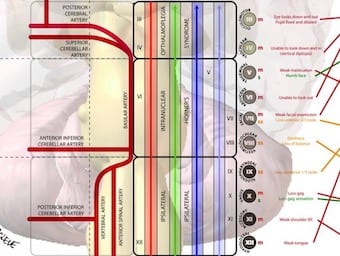
Vertigo the Big 3
Dr Peter Johns, Canadian emergency physician and dizziness demystifier, has made a video on how to diagnose ‘The Big 3 of Vertigo” in the ED

Dr Peter Johns, Canadian emergency physician and dizziness demystifier, has made a video on how to diagnose ‘The Big 3 of Vertigo” in the ED
Friedrich Schultze (1848 - 1934) was a German neurologist.
Joseph Jules François Félix Babinski (1857-1932) was a French neurologist. Multiple eponyms including Babinski reflex, Babinski sign, Babinski syndrome

Louis Théophile Joseph Landouzy (1845-1917) was a French neurologist.. Landouzy-Dejerine syndrome and Landouzy syndrome
Ludwig Lichtheim (1845 - 1928) was a German physician.
Ludwig Edinger (1855-1918) was a German neurologist and anatomist. Edinger demonstrated the nucleus in the foetus in 1885; and Westphal in the adult in 1887.
Biography Medical Eponyms Landouzy-Déjérine syndrome First to describe and publish 9 cases of Landouzy-Déjérine syndrome (facioscapulohumeral muscular dystrophy) in the third edition of De l’électrisation localisée in 1872: 219-220 Key Medical Attributions Duchenne smile Controversies Major Publications References Biography Eponymous…

Jules Philippe Falret (1824 - 1902) was a French psychiatrist. 1877, along with Ernest-Charles Lasègue (1816-1883) first described the concept of Folie à deux, initially termed Lasègue-Falret syndrome.

John Madison Taylor (1855-1931) was an American pediatric neurologist. He designed the first tendon reflex hammer in 1888

The neurological examination in 3 minutes, on video - the highest form of art?

Helpful Brainstem Figures. Cross-sections of the brainstem. Medial brainstem syndromes and lateral brainstem syndromes

Peter Gates rule of 4 of the brainstem illustrated in a single diagram...why and how?